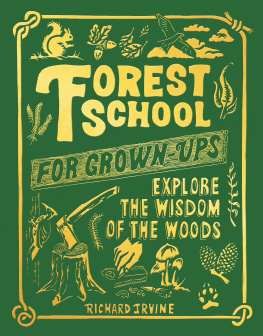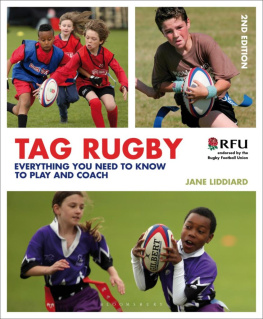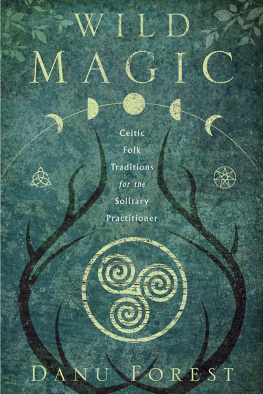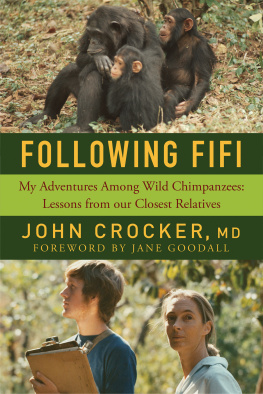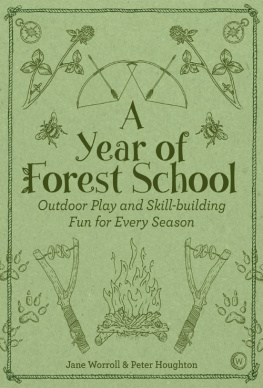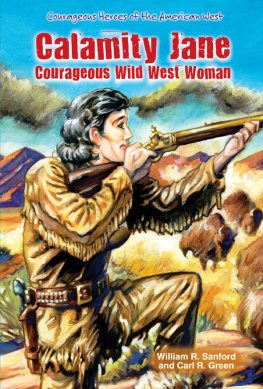Jane Worrel - Forest School Wild Play
Here you can read online Jane Worrel - Forest School Wild Play full text of the book (entire story) in english for free. Download pdf and epub, get meaning, cover and reviews about this ebook. year: 2021, publisher: Watkins Media, genre: Children. Description of the work, (preface) as well as reviews are available. Best literature library LitArk.com created for fans of good reading and offers a wide selection of genres:
Romance novel
Science fiction
Adventure
Detective
Science
History
Home and family
Prose
Art
Politics
Computer
Non-fiction
Religion
Business
Children
Humor
Choose a favorite category and find really read worthwhile books. Enjoy immersion in the world of imagination, feel the emotions of the characters or learn something new for yourself, make an fascinating discovery.
- Book:Forest School Wild Play
- Author:
- Publisher:Watkins Media
- Genre:
- Year:2021
- Rating:3 / 5
- Favourites:Add to favourites
- Your mark:
- 60
- 1
- 2
- 3
- 4
- 5
Forest School Wild Play: summary, description and annotation
We offer to read an annotation, description, summary or preface (depends on what the author of the book "Forest School Wild Play" wrote himself). If you haven't found the necessary information about the book — write in the comments, we will try to find it.
Forest School Wild Play — read online for free the complete book (whole text) full work
Below is the text of the book, divided by pages. System saving the place of the last page read, allows you to conveniently read the book "Forest School Wild Play" online for free, without having to search again every time where you left off. Put a bookmark, and you can go to the page where you finished reading at any time.
Font size:
Interval:
Bookmark:

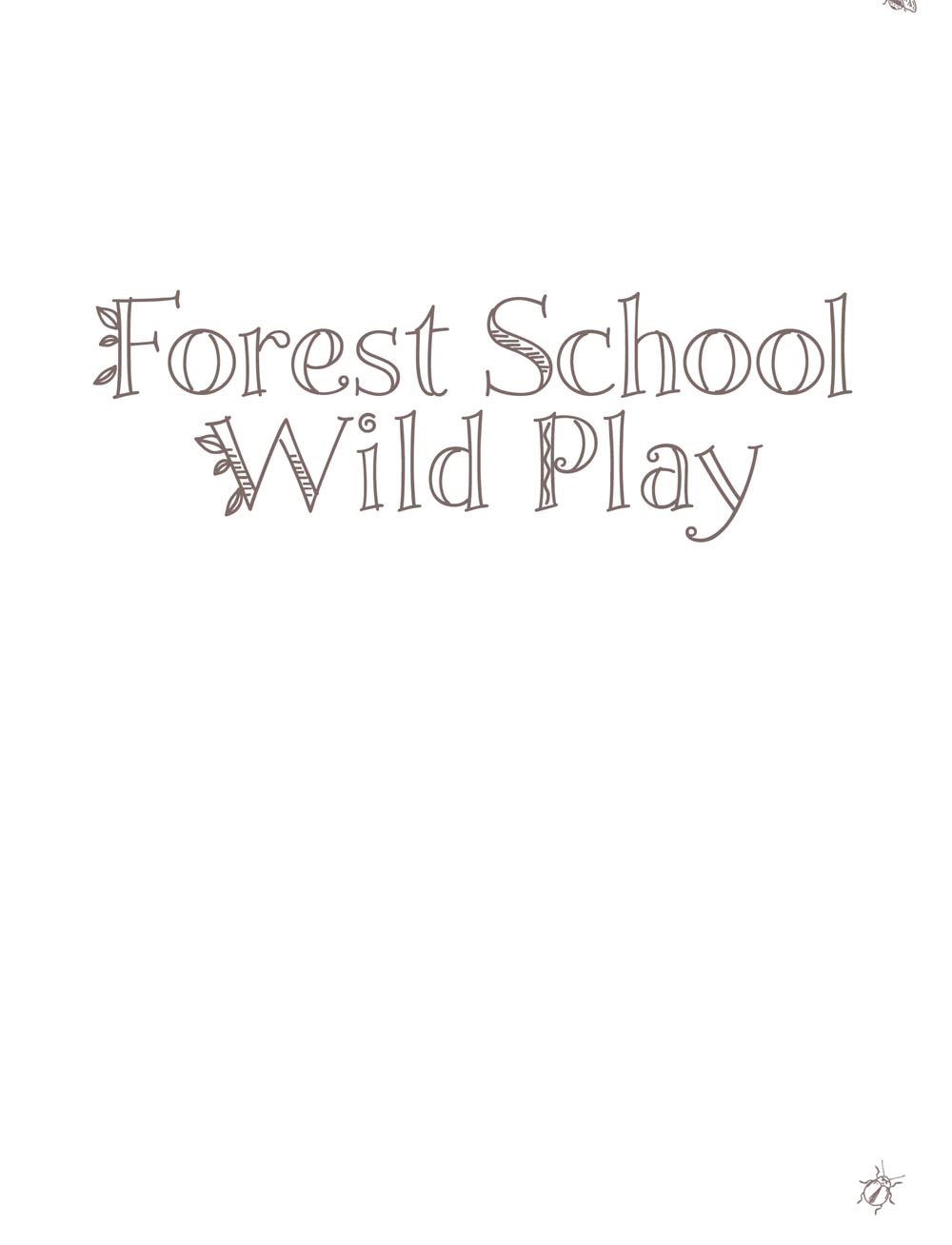

Forest School Wild Play
Jane Worroll Illustrated by Peter Houghton
First published in the UK and USA in 2021 by
Watkins, an imprint of Watkins Media Limited
Unit 11, Shepperton House, 8393 Shepperton Road
London N1 3DF
Copyright Watkins Media Limited 2021
Text copyright Jane Worroll 2021
Artwork copyright Peter Houghton 2021
The right of Jane Worroll and Peter Houghton to be identified as the Authors of this text has been asserted in accordance with the Copyright, Designs and Patents Act of 1988.
All rights reserved. No part of this book may be reproduced in any form or by any electronic or mechanical means, including information storage and retrieval systems, without permission in writing from the publisher, except by a reviewer who may quote brief passages in a review.
Commissioning Editor: Fiona Robertson
Editorial Assistant: Brittany Willis
Head of Design: Glen Wilkins
Art Director: Karen Smith
Production: Uzma Taj
Commissioned artwork: Peter Houghton
A CIP record for this book is available from the British Library
ISBN: 978-1-78678-420-9 (Paperback)
ISBN: 978-1-78678-582-4 (eBook)
10 9 8 7 6 5 4 3 2 1
Typeset in Archer
Printed in Slovenia
www.watkinspublishing.com
PUBLISHERS NOTE:
Some activities in this book, for example those involving fire or cutting tools, may be dangerous if instructions are not followed precisely. Always follow manufacturers instructions when using tools. Wild foods such as berries can be poisonous, so eat only what you can identify as safe. Adults need to assess each childs capabilities and supervise any potentially dangerous activity at all times. Watkins Media Limited, or any other persons who have been involved in working on this publication, cannot accept responsibility for any injury, illness or damages that result from participating in the activities in this book.
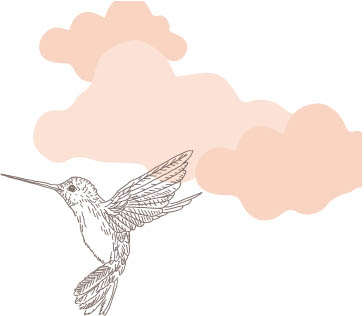
CONTENTS
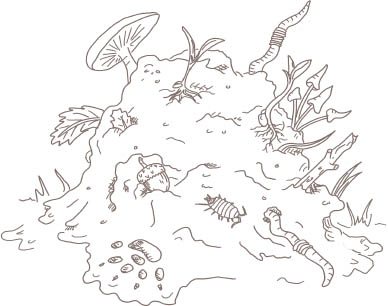
Introduction
It was once believed that all creation, including ourselves, was formed from the four elements: earth, air, fire and water. For everyone at Forest School, these four elements are tangibly all around us in the earth underfoot, the patter of rain on a shelter, the warmth of campfire flames and the wind on our faces. In our outdoor activities we can connect with the elements by mixing natural dyes in water ().
The four elements have been embedded in the human psyche for thousands of years and became deeply rooted in many cultures around the world, including those of ancient Greece, India and Tibet. The elements have formed the basis of ancient calendars, medicine, astrology and myths, and lie at the foundations of many spiritual traditions. Modern science, of course, does not support the view that these classical elements are the material basis of the physical world. Science did, however, grow in its understanding from this fundamental four.
The elements do not exist in isolation, but are influenced by and connected to one another and ourselves. We have come to realize globally how our actions can damage the earth, the oceans and the air. Equally, we understand how we can harness the power of the sun and wind to generate cleaner energy and how we can all contribute to maintaining a healthy planet for all species to share and benefit from.
With so much negative news around about the result of our human impact on the planet, during our Forest School sessions, we feel it is truly empowering and beneficial to share knowledge and skills with children about how they can make a positive difference to this world through even the smallest of actions. We aim to share some of these ideas throughout this book, which has a core message of sustainability and focuses on the amazing web of life.
In each chapter, activities link to one of the four elements and there is a special focus on storytelling and imagination, helping kids to form an emotional and moral connection to the natural world and build a sense of belonging and community. We believe its through developing a connection, an awareness and an understanding of our common bond to the natural world that our actions can become more harmonious and empathetic for all creatures. And what better way to bond with the natural world than to spend amazing fun days immersed within it, as we do at Forest School.
WHY NATURE?
If youre an adult, you can probably remember spending many hours each week playing outdoors as a child, heading off first thing after breakfast and not coming back home until tea time. There wouldnt be a grown-up in sight while you explored woodlands, building sites and parks, playing games with friends in the street, climbing trees, testing boundaries and taking risks all for the sheer fun of it.
Many of us now live in societies where, compared to those of previous generations, people spend more and more time indoors, and where parents unfortunately feel deterred from allowing their children to play outside. This is, in part, due to the ever-increasing loss of green space, particularly in urban environments. There is also a greater fear of strangers, traffic and accidents, and a lack of time due to our busy, overscheduled lives along with ubiquitous technology designed to constantly pull our attention, especially that of children.
While technology has its valid place, its the imbalance of its use in many of our childrens lives that is the issue. One study found that children today spend twice as long looking at screens than playing outside, and more than half of this time for some will be solitary screen-based activities without their family or friends, often continuing late into the night. Not only has this sort of sedentary lifestyle contributed to the obesity epidemic for adults and children in the developed world, but many scientists believe our brains are simply not designed for this complex 24/7 world, with its constant bombardment of information. There has been, sadly, a stark rise in children and teenagers suffering from mental health disorders. Whilst more research is needed, negative social media use and lack of sleep have been cited as contributing factors, alongside another key change: the increasing amount of time we spend indoors.
As most of us will know, research shows that physical activity has a positive effect in keeping us healthy. If this physical activity takes place outside in a natural setting, there are further benefits: sunlight and soil microorganisms can boost the bodys levels of serotonin, a chemical linked to feelings of wellbeing, while vitamin D, essential for bone and muscle health, is also provided by the suns rays. More recently, however, studies have concluded that theres something about simply being in nature that has a beneficial effect on reducing stress and mental fatigue, and increasing our attention capacity, critical thinking and resilience. It also promotes self-motivation and the ability to connect with other people and nature itself, leading to improved feelings of wellbeing, creativity and environmental stewardship. These are all skills that are vitally important for kids to thrive in the 21st century, and indeed are key to sustaining a healthy future for us all on this magnificent planet, our home.
Next pageFont size:
Interval:
Bookmark:
Similar books «Forest School Wild Play»
Look at similar books to Forest School Wild Play. We have selected literature similar in name and meaning in the hope of providing readers with more options to find new, interesting, not yet read works.
Discussion, reviews of the book Forest School Wild Play and just readers' own opinions. Leave your comments, write what you think about the work, its meaning or the main characters. Specify what exactly you liked and what you didn't like, and why you think so.







